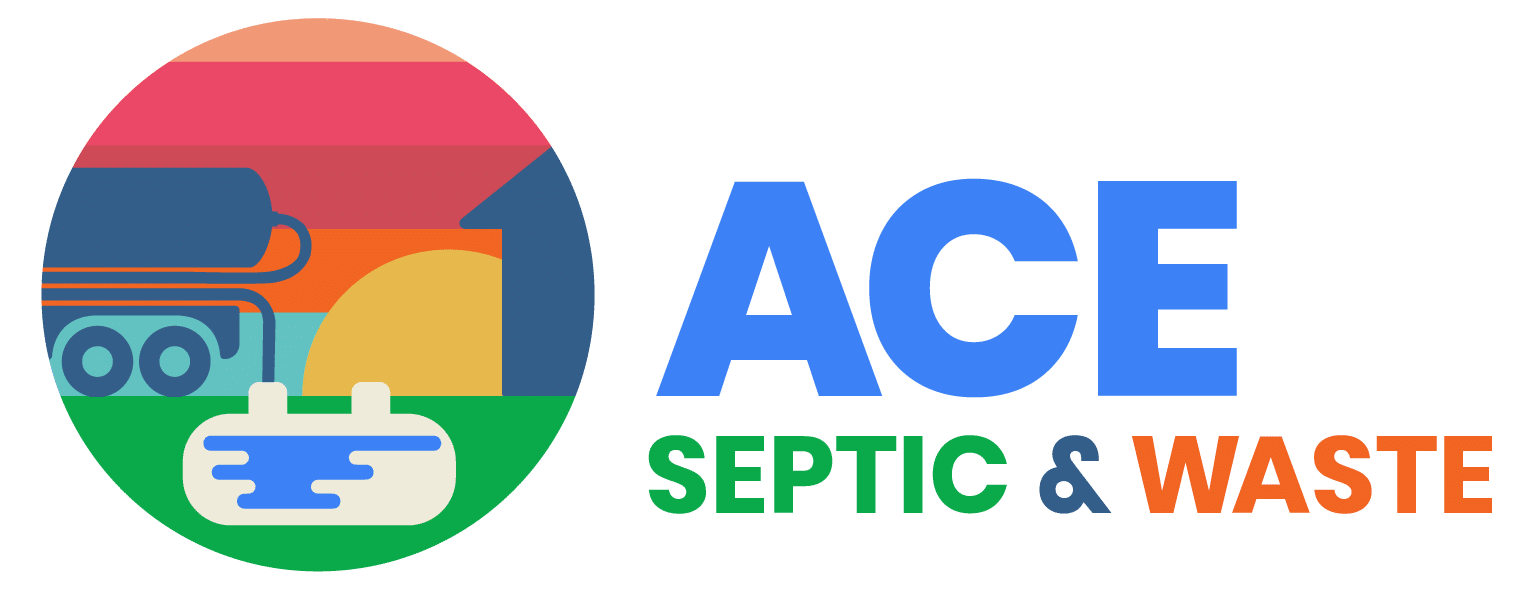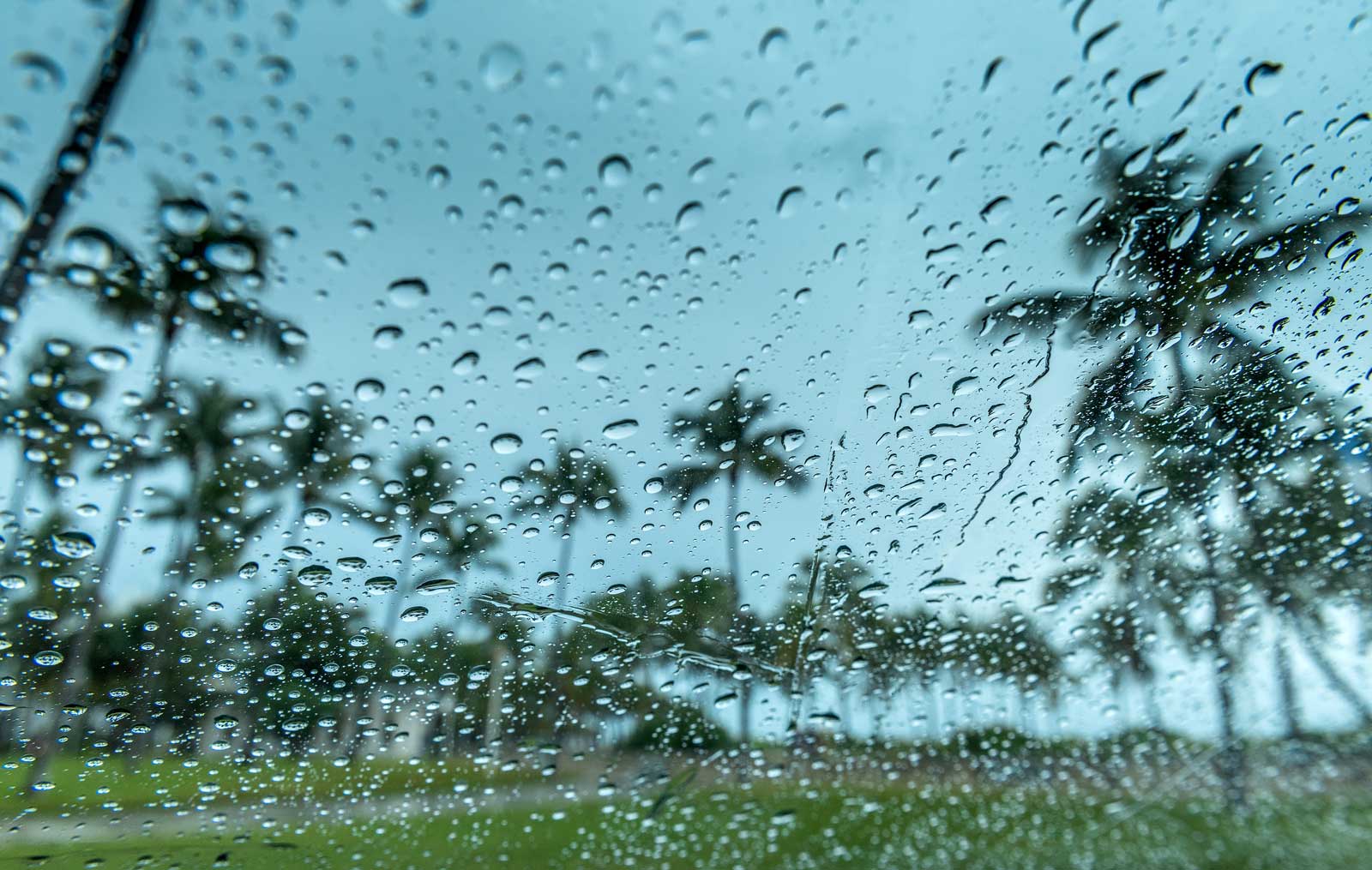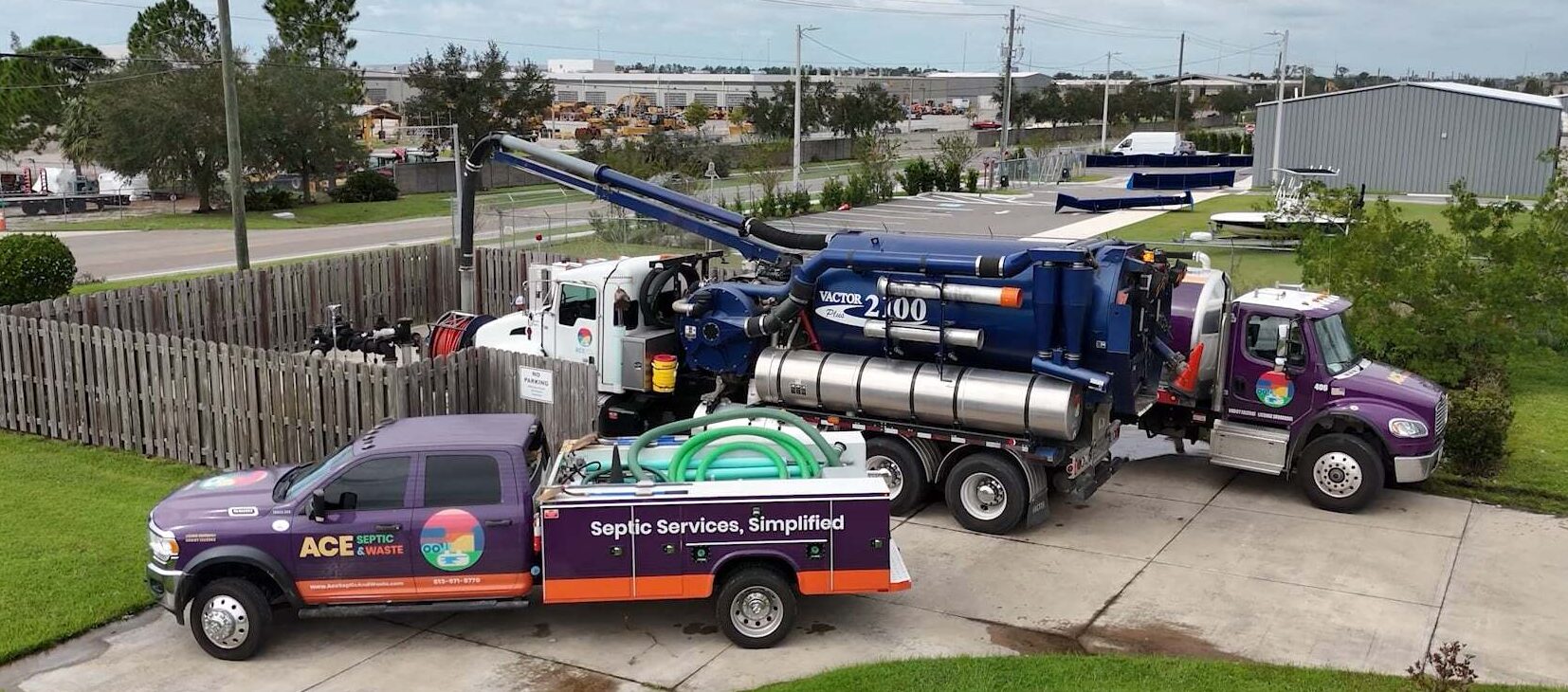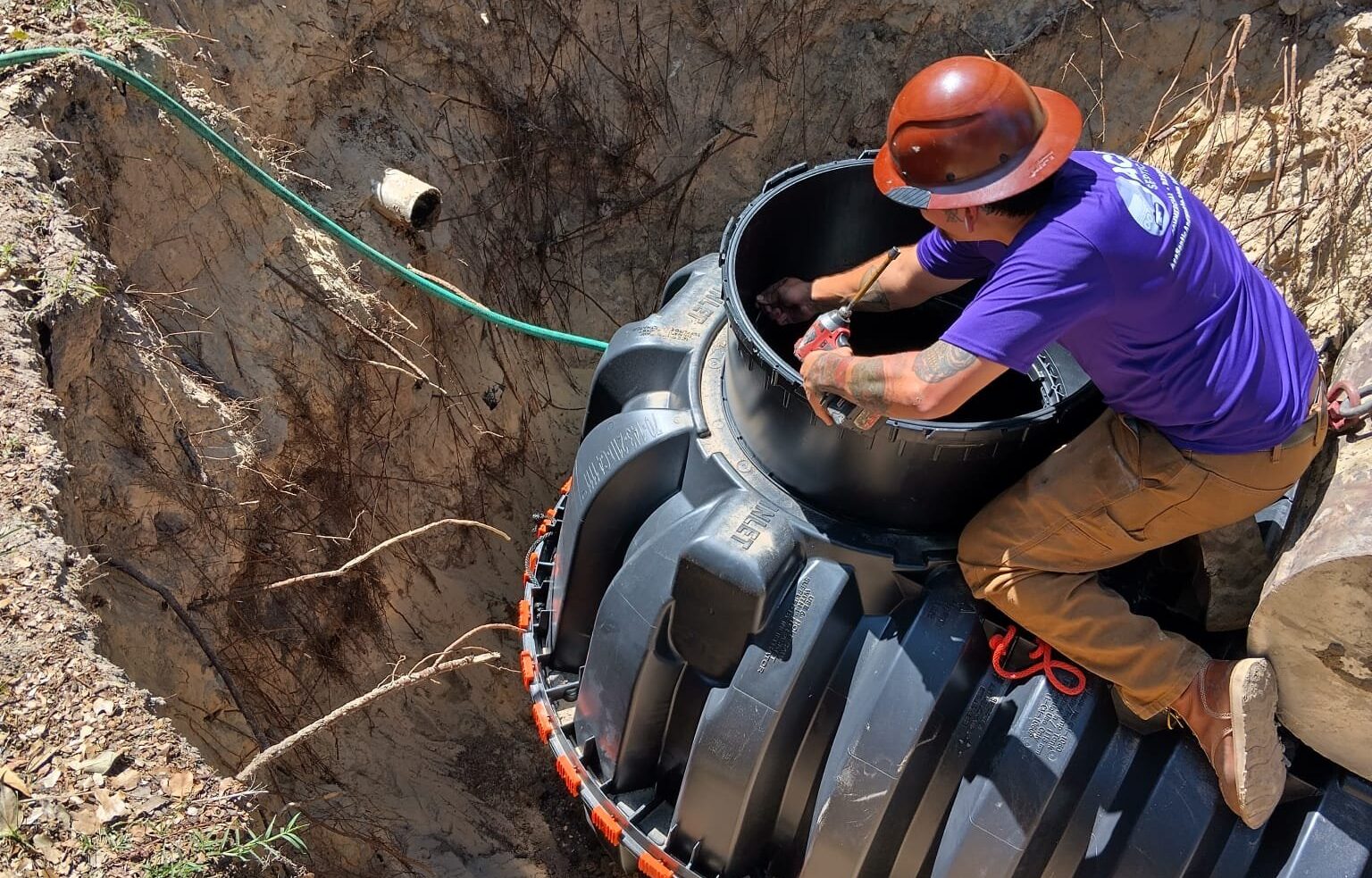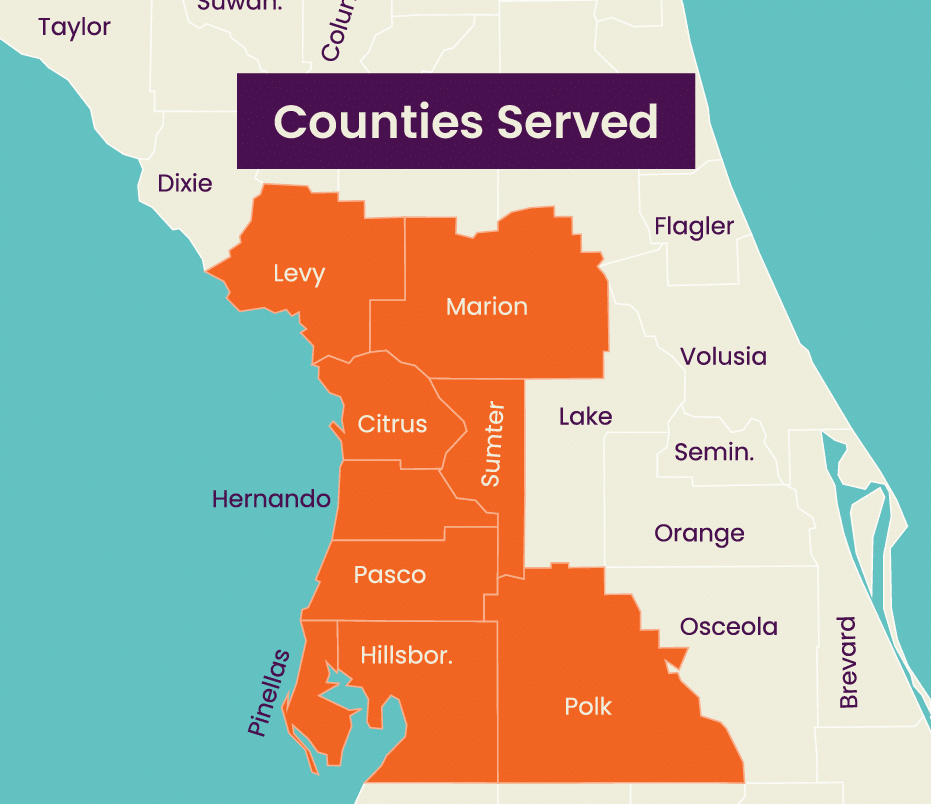Did you know that the water table plays a significant role in septic systems? In Florida, where the aquifer is close to the surface, homeowners must grasp how groundwater affects their septic systems.
First, it’s important to understand the distinction between the Florida Aquifer and the Florida Water Table.
What is the Florida Aquifer?
Florida sits on an aquifer, an underground layer of water-bearing rock. The Florida Aquifer system is one of the most productive in the world and provides drinking water for more than 20 million people in our great state.
Florida’s Water Table
The water table is the highest groundwater level in an aquifer, making it the layer closest to the surface. This proximity means that any changes in the water table can significantly impact septic tanks and their respective drain fields.
The water table has such an impact on our day-to-day that our state government provides a real-time assessment of where it lies at any given time.
When the seasonal high water table occurs, sewage can back up into homes and businesses through drains and toilets. When the water reaches the seasonal high, the ground can become oversaturated. This oversaturation can cause sewage to back up into homes and businesses through drains and toilets. This damage can lead to serious health problems, costly repairs, and a mess of headaches.
That’s why it’s so important to have your septic system inspected regularly. Florida experiences extreme variance in seasonal wetness that can cause the water table to fluctuate dramatically. A qualified inspector like ACE Septic & Waste can tell you if your system is at risk of failing due to changes in the seasonal water table.
Water Tables and Basements
To further paint the picture, one of the reasons you don’t see homes in Florida with basements is the water table. You typically need a depth of at least eight feet to build a basement, which is impossible in our state because of the dramatic shifts in the seasonal water table. This example demonstrates how our state’s environment affects decision-making in the home-building process.
If a Florida home were built with a basement, it would risk flooding during the seasonal high water table. A flooded basement would not only riddle the home with damage but also put the occupants at risk of health problems from exposure to sewage.
Seasonal High Water Table
In Florida, the water table is highest during the late Winter and Spring months. This rise is due to heavy rains that cause groundwater levels to rise.
If you live in the greater Tampa area, it’s essential to be aware of the seasonal high water table, take steps to protect your septic system, and remain compliant with the state’s legislation.
In Florida, you must keep a specific separation between your drainfield and the water table, depending on the year your home got built.
-
- Built before 1983: 6-inch separation between drainfield and water table
-
- Built between 1983 – 1995: 12-inch separation between drainfield and water table
-
- Built after 1995: 24-inch separation between drainfield and water table
Approximately 33% of homes in Florida use private septic systems. Since the water table can fluctuate dramatically, your home can go from being compliant one year to having the water table break the separation required between your drainfield and the water table the next.
So Floridians need to stay proactive by having their septic system inspected before the water table reaches the seasonal high, which would be in the Fall and Winter months. An inspection will allow you to make any necessary repairs or adjustments so that your septic system can withstand the fluctuation in the water table. Or, if the water table were to rise to the point that it compromises the required separation of the drain field and the septic system, an inspection will determine the recommendations for repairing or reinforcing the system.
Unfortunately for Floridians, if the water table rises above the mandated degree of separation, a dosing tank will be required to meet state regulations and keep your system operating correctly.
During the wet season, homeowners should avoid doing anything to increase water flow into the septic system. For example, be mindful of the use of laundry machines and dishwashers. It would help if you also tried to limit watering your lawn and washing your car. If you require water-intensive appliances, spread the usage out over a few days so your septic system has time to recover.
Seasonal Low Water Table
After the seasonal high water table, the water table begins to drop. The water table dropping can cause problems for septic systems that might have gotten compromised during the high water table season.
If you believe your septic system got damaged while the water tables were high, ACE recommends having it inspected and repaired as soon as possible. Again, the answer might be that the current location of your drainfield has been compromised and either needs to be moved or reinforced with a dosing tank.
To put it directly, a recommendation to repair or reinforce a septic system can only happen if there is a professional inspection first.
Signs of Septic Damage
You don’t have to wait for the water table to reach seasonal high to inspect your septic system. Several signs indicate that your septic system is in trouble and needs serious attention. If you notice any of the following, be sure to contact an ACE representative as soon as possible:
-
- Pooling water in the yard
-
- Soggy spots in the yard
-
- Slow-draining sinks, tubs, or toilets
-
- Foul odors coming from drains or toilets
-
- Gurgling toilets
-
- Growth of mold or mildew
These are just a few signs that your septic system may be in trouble. Don’t hesitate to call ACE Septic & Waste if you notice anything unexpected. We provide septic service to the greater Tampa region.
Our experts can determine if your system is at risk or has gotten compromised. Our commitment to providing our customers with the best possible service is our mission. Contact us today to learn more about what we can do for you!
